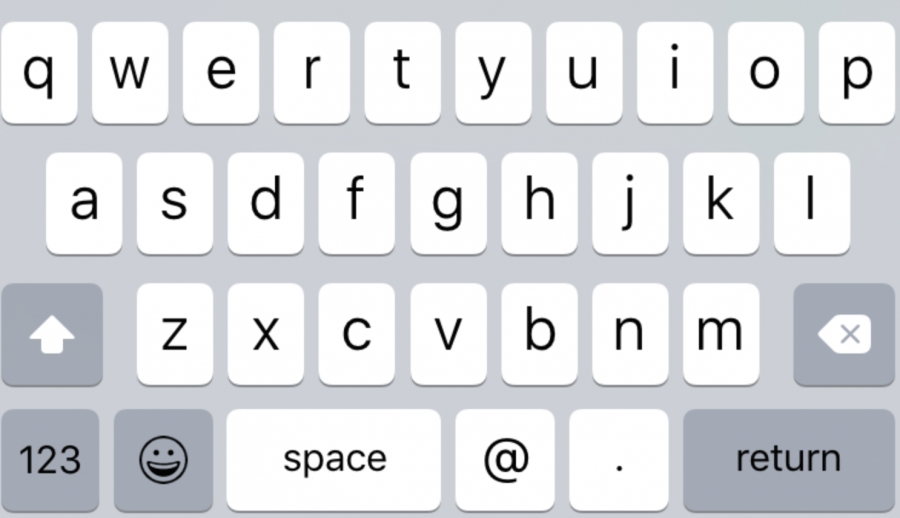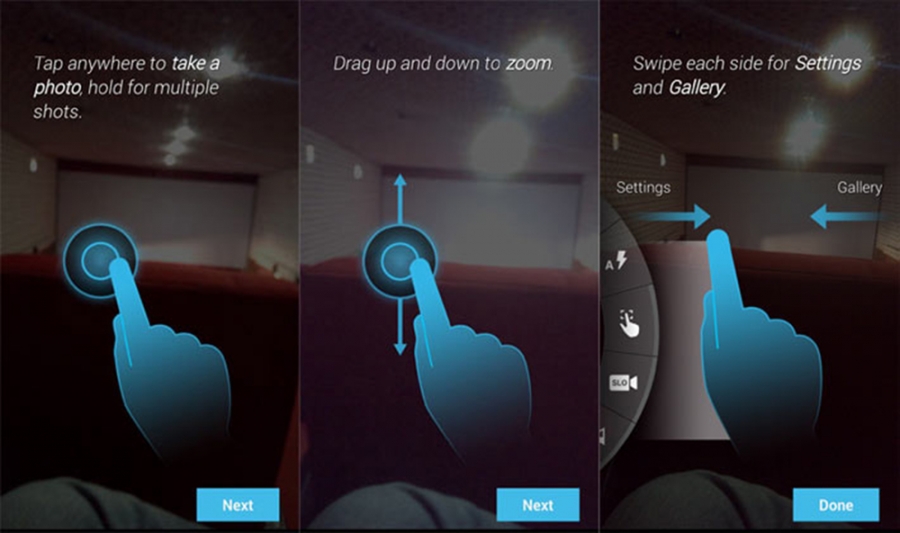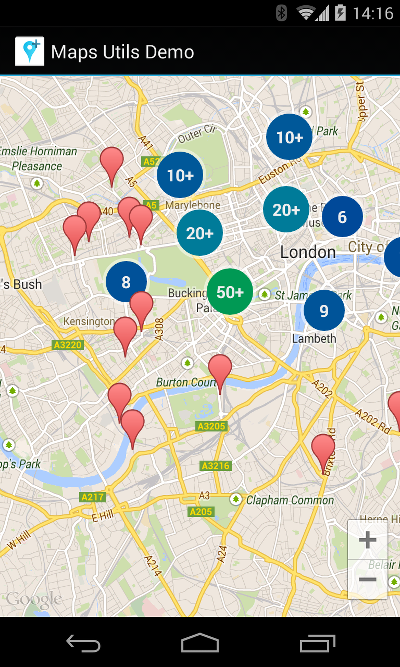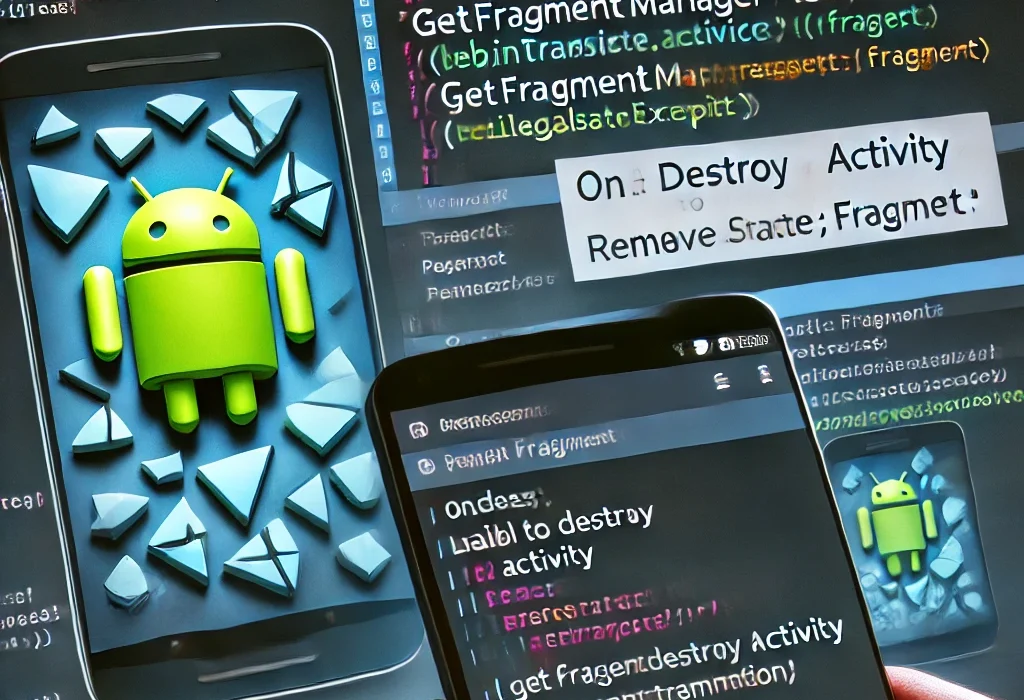Strict Mode on Android 2.2
Set the Android Manifest to something like this. <uses-sdkandroid:minSdkVersion=”8″ android:targetSdkVersion=”16″ android:maxSdkVersion=”16″/> Use the Code below in onCreate Method as shown @Override protected void onCreate() { int SDK_INT = android.os.Build.VERSION.SDK_INT; if (SDK_INT>8) { StrictMode.ThreadPolicy policy = new StrictMode.ThreadPolicy.Builder().permitAll().build(); StrictMode.setThreadPolicy(policy); } super.onCreate(); } Note: Disable the warning as you are already checking [...]








